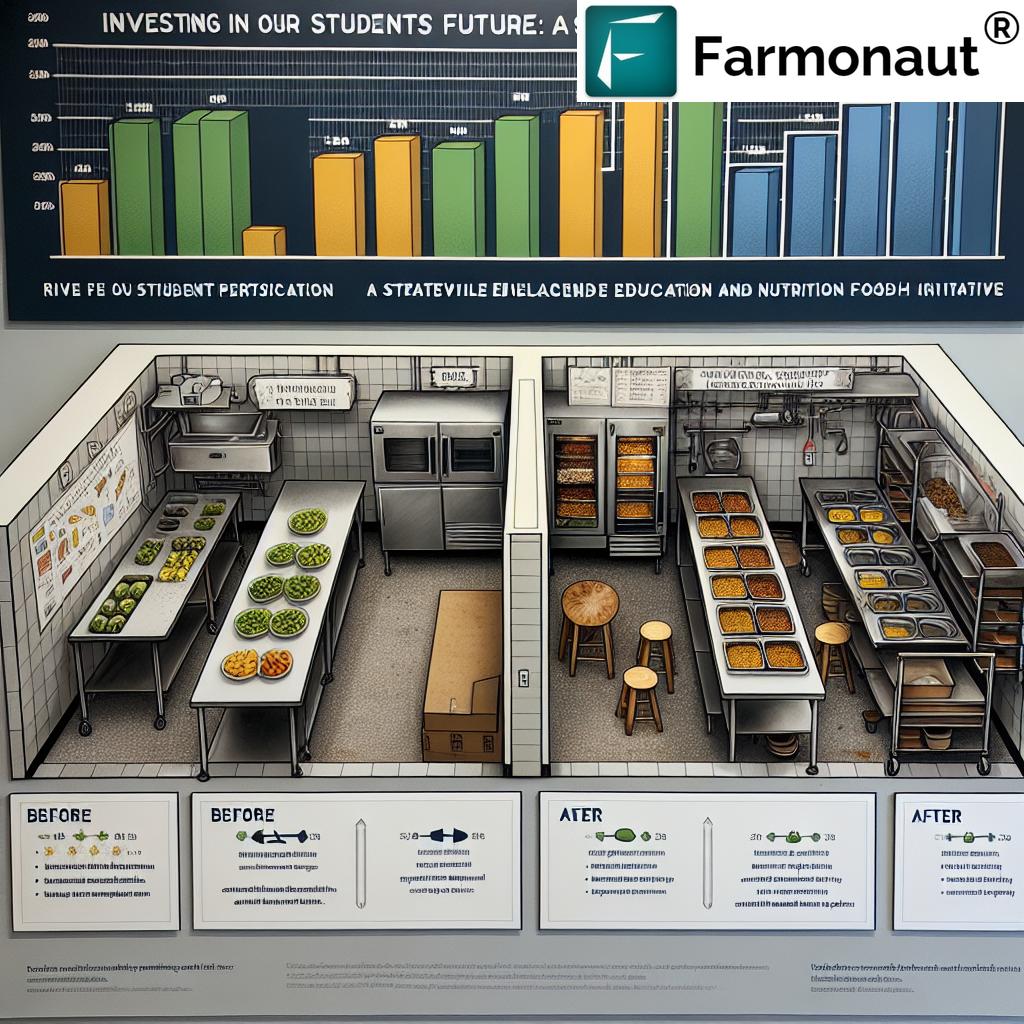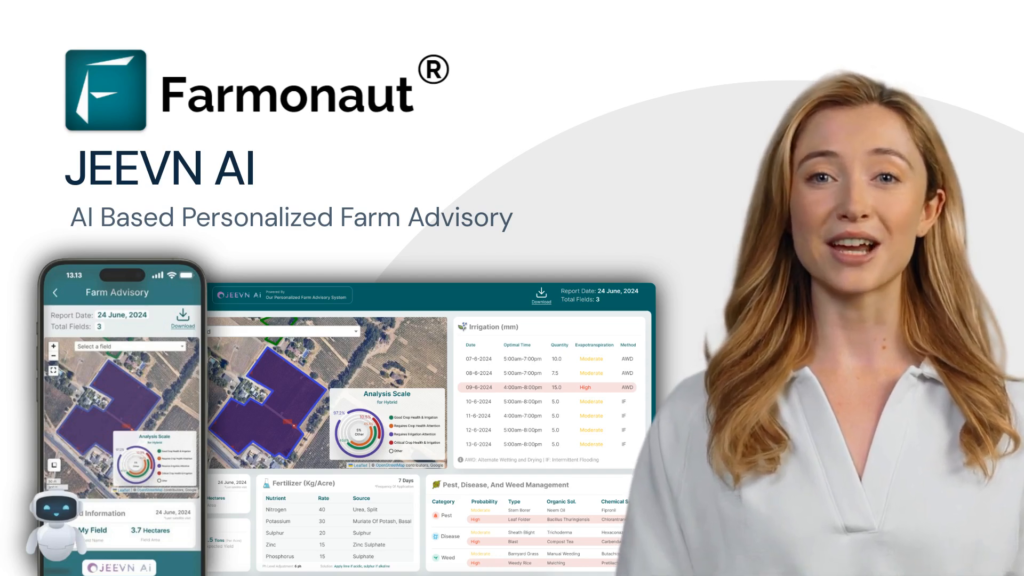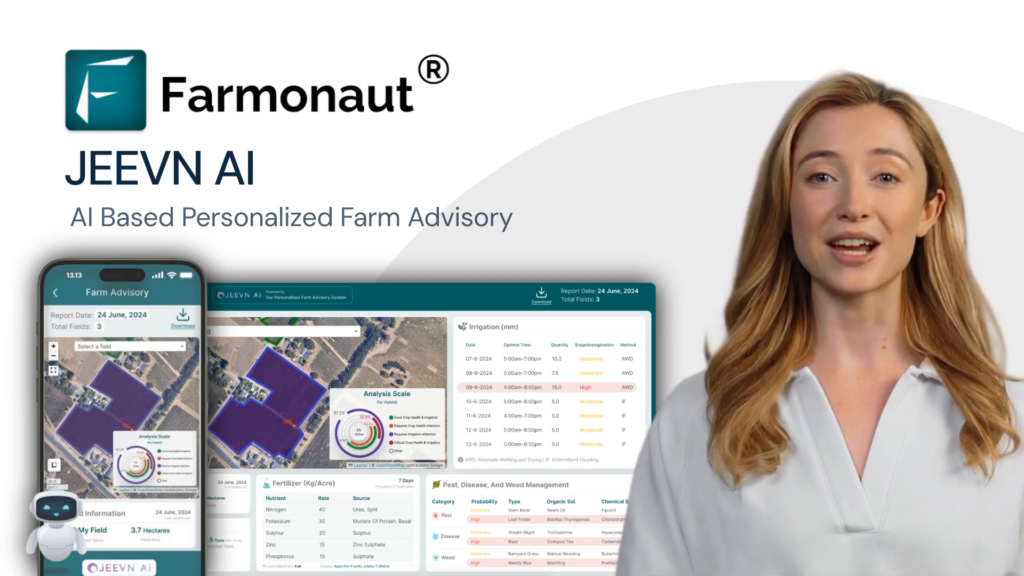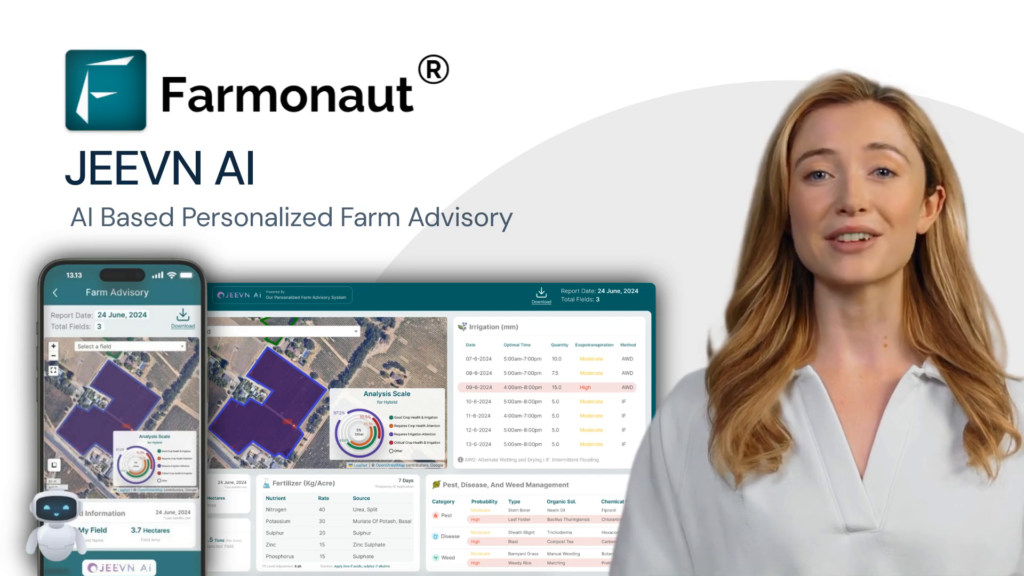Sustaining Vermont’s Future: How Universal School Meals Boost Local Agriculture and Student Success

“Vermont’s universal school meals program provides free breakfast and lunch to 100% of students, transforming school nutrition statewide.”
Hey there, fellow Vermonters and food enthusiasts! Today, we’re diving into a topic that’s been stirring up quite the conversation in our beautiful Green Mountain State. We’re talking about Vermont’s universal school meals program – a game-changer that’s not just filling bellies but also cultivating a brighter future for our kids and local farmers. So, grab a cup of maple syrup (because, well, Vermont), and let’s explore how this initiative is reshaping our communities, one meal at a time.
The Dawn of Universal School Meals in Vermont
Remember the days when the school cafeteria was a place of stark contrasts? Some kids confidently swiped their cards, while others hesitated, worried about their meal status. Well, those days are behind us now, thanks to Vermont’s bold move to implement a universal school meals program. This initiative, which kicked off during the Covid-19 pandemic, has become a cornerstone of our state’s approach to education and nutrition.
But what exactly does this program entail? In a nutshell, it provides free school breakfast and lunch to all students, regardless of their family’s income. It’s a simple concept with profound implications. No more stigma, no more hungry kids trying to focus on fractions with grumbling tummies. Just good, nutritious food for everyone.
The Impact on Our Schools and Students
Now, you might be wondering, “What’s the big deal? It’s just food, right?” Oh, but it’s so much more than that! Let’s break down the incredible impact this program has had:
- Increased Participation: Schools across Vermont have seen a significant uptick in the number of students eating breakfast and lunch. Gone are the days of ghost town cafeterias!
- Better Learning Outcomes: Well-fed kids are better learners. It’s as simple as that. Teachers report improved concentration and fewer “hangry” incidents in the classroom.
- Destigmatization: No more lunch line anxiety or embarrassment over free meal status. Every student is on equal footing when it comes to nutrition.
- Improved Food Quality: With more students participating, schools can invest in better ingredients and cooking equipment, leading to tastier and healthier meals.
But don’t just take our word for it. Let’s hear from some folks on the ground.
“Our cafeteria was kind of like a ghost town in the mornings,” says Scott Fay, director of food services in the Essex Westford School District. “Now, our cafeteria is chock-full of kids. It’s just a beautiful community to see that wasn’t there before.”
Stories like these are popping up all over Vermont, painting a picture of a program that’s truly making a difference in the lives of our students.
Boosting Local Agriculture: A Farm-to-School Revolution

Now, let’s talk about one of the most exciting aspects of this program – its impact on Vermont’s agricultural scene. Our universal school meals initiative isn’t just feeding kids; it’s feeding our local economy too!
“The initiative’s impact extends beyond cafeterias, influencing 3 key areas: education property taxes, school food budgets, and local agriculture.”
Here’s how it works:
- Increased Demand for Local Produce: With more meals being served, schools need more ingredients. And guess where they’re turning? That’s right, to our local farms!
- Stable Market for Farmers: Schools provide a consistent, reliable customer base for our hardworking farmers. This stability allows them to plan and invest in their operations with confidence.
- Diverse Crop Encouragement: To meet the nutritional requirements of school meals, farmers are incentivized to grow a wider variety of crops, promoting biodiversity and resilience in our local food systems.
- Educational Opportunities: Many schools are incorporating farm visits and gardening programs, connecting students directly with the source of their food.
The numbers speak for themselves. According to the Vermont Agency of Education, schools are now spending about $2 million on local food, a figure that continues to grow. That’s money staying right here in Vermont, supporting our farmers and strengthening our communities.
For instance, the Essex Westford School District has gone from spending 2% of its nutrition budget on local food to a whopping 17% – that’s about $170,000 pumped into local agriculture! They’re buying beef, apples, bakery goods, and of course, maple syrup (because we’re Vermont, and maple syrup is practically its own food group here).
The Economic Ripple Effect
Now, let’s talk dollars and cents. The universal school meals program is more than just a feel-good initiative; it’s a smart economic move for Vermont. Here’s why:
- Federal Funding Boost: By providing meals to all students, Vermont qualifies for increased federal reimbursements. We’re talking about an extra $16.9 million in federal dollars coming into our state next year alone!
- Cost Savings for Families: The program saves families an average of $1,100 per student annually on food costs. That’s money that can be reinvested in local businesses or saved for future needs.
- Reduced Administrative Costs: Schools no longer need to process individual meal applications or manage complex payment systems, freeing up resources for other educational priorities.
- Long-term Health Benefits: By ensuring all students have access to nutritious meals, we’re potentially reducing future healthcare costs associated with diet-related illnesses.
But what about the cost to taxpayers? Well, here’s some food for thought: According to advocates, the program costs about $30 per Vermonter annually. That’s less than the cost of a nice dinner out, and it’s feeding our future!
Comparative Analysis: Before and After Universal School Meals
| Aspect | Before Universal School Meals | After Universal School Meals |
|---|---|---|
| Student Participation Rate | Lower, especially for breakfast | Significantly increased, particularly for breakfast |
| Local Food Sourcing (% of school food budget) | As low as 2% in some districts | Up to 17% in districts like Essex Westford |
| Federal Funding for School Nutrition (estimated annual amount) | Lower | Additional $16.9 million expected next year |
| Student Learning Outcomes | Variable, with some students struggling due to hunger | Improved concentration and learning reported |
| School Food Budget (estimated annual amount) | Lower, with more administrative costs | Higher food budget, lower administrative costs |
| Impact on Local Agriculture (estimated revenue for local farmers) | Limited | Approximately $2 million and growing |
| Education Property Tax Impact | N/A | $30 per Vermonter annually |
Challenges and Debates
Now, we wouldn’t be giving you the full picture if we didn’t mention that this program has its critics. Governor Phil Scott, in his recent budget proposal, suggested cutting the universal school meals program as part of his “education transformation” plan. The main arguments against the program include:
- Cost Concerns: Some worry about the long-term financial sustainability of the program.
- Property Tax Implications: There are concerns about potential increases in education property taxes.
- Equity Questions: Critics argue that providing free meals to affluent families is regressive.
However, supporters of the program, including many lawmakers and school nutrition experts, argue that the benefits far outweigh these concerns. They point to the program’s positive impact on student well-being, local agriculture, and overall community health as reasons to keep it going.
The Role of Technology in Supporting School Nutrition Programs
As we navigate the complexities of implementing and maintaining universal school meals, technology plays a crucial role. While not directly related to Vermont’s program, innovative solutions like those offered by Farmonaut can provide valuable insights for agricultural planning and sustainability.
Farmonaut, a leading agricultural technology company, offers advanced satellite-based farm management solutions that could potentially benefit school nutrition programs and local farmers supplying to schools. Their platform provides real-time crop health monitoring, AI-based advisory systems, and resource management tools that could help optimize local food production for school meals.
While Farmonaut’s solutions are not directly integrated into Vermont’s school meal program, they represent the type of technological advancements that could support sustainable local agriculture and, by extension, programs like universal school meals. For instance, their satellite-based crop health monitoring could help local farmers optimize their yields, potentially leading to more consistent and cost-effective supply for school kitchens.
For those interested in exploring how technology can support sustainable agriculture, you can check out Farmonaut’s offerings:
Looking to the Future: Sustaining Success
As we look ahead, the question on everyone’s mind is: How can we ensure the long-term success and sustainability of Vermont’s universal school meals program? Here are some key considerations:
- Continued Funding: Exploring diverse funding sources to maintain the program without overburdening taxpayers.
- Strengthening Farm-to-School Connections: Further developing relationships between schools and local farmers to create a robust, sustainable local food system.
- Education and Advocacy: Continuing to educate the public about the program’s benefits and advocating for its importance in our communities.
- Innovation in Menu Planning: Developing creative, nutritious menus that excite students while supporting local agriculture.
- Data Collection and Analysis: Regularly assessing the program’s impact on student health, academic performance, and local economic factors to guide future decisions.
Conclusion: Nourishing Our Future
Vermont’s universal school meals program is more than just a food service initiative. It’s a comprehensive approach to student well-being, community support, and local economic development. By ensuring that every student has access to nutritious meals, we’re not just feeding bodies; we’re nourishing minds, supporting local agriculture, and investing in the future of our state.
As we continue to debate and refine this program, let’s remember the core values it represents: equity, community, and sustainability. These are the ingredients that make Vermont special, and they’re the same ingredients that will help us cook up a brighter future for generations to come.
So, the next time you pass by a local farm or see a school bus full of kids, remember: you’re looking at the heart of a program that’s changing lives, one meal at a time. And that’s something worth savoring.
FAQ Section
Q: How much does the universal school meals program cost Vermont?
A: The program costs about $30 per Vermonter annually, totaling approximately $18.5 million next year.
Q: Does the program really benefit all students, even those from affluent families?
A: Yes, the program benefits all students by removing stigma, improving overall participation in school meals, and creating a more inclusive school environment.
Q: How does the program impact local farmers?
A: Local farmers benefit from increased demand and a stable market for their produce. Schools are now spending about $2 million on local food, a figure that continues to grow.
Q: Will continuing this program lead to higher property taxes?
A: While there are concerns about potential tax implications, supporters argue that the benefits outweigh the costs, and the program brings in significant federal funding.
Q: How does the universal school meals program affect student learning?
A: Teachers report improved concentration and better learning outcomes when students have access to regular, nutritious meals.
Earn With Farmonaut: Affiliate Program
Earn 20% recurring commission with Farmonaut’s affiliate program by sharing your promo code and helping farmers save 10%. Onboard 10 Elite farmers monthly to earn a minimum of $148,000 annually—start now and grow your income!
















